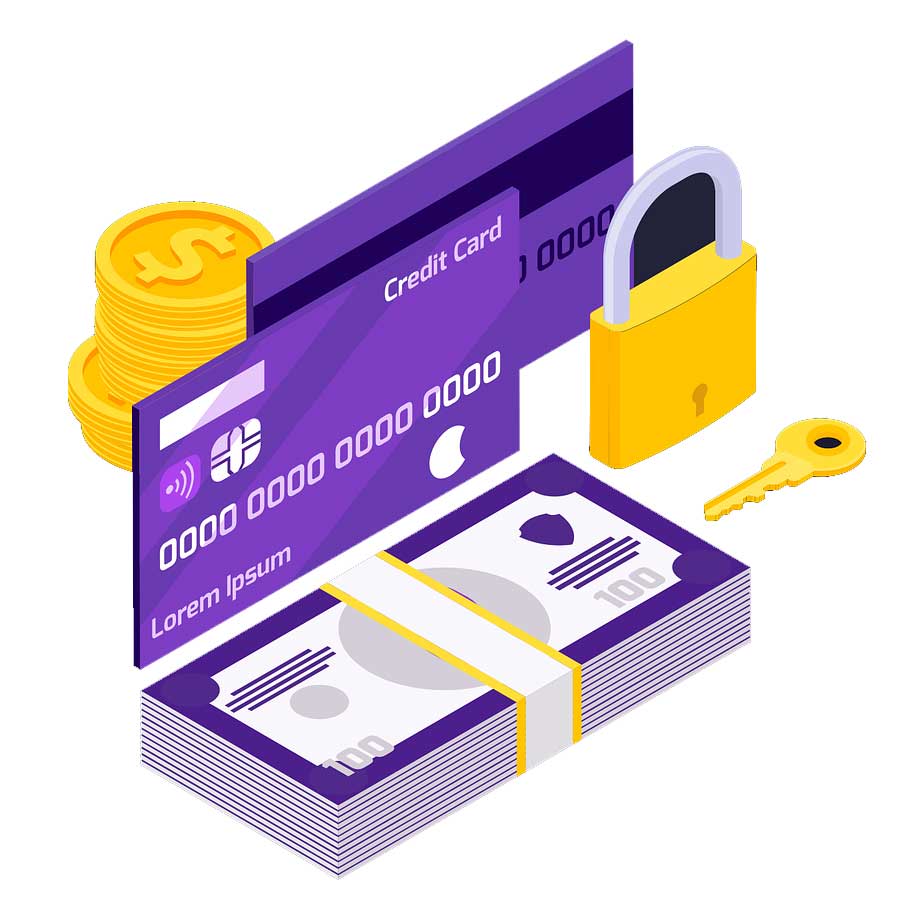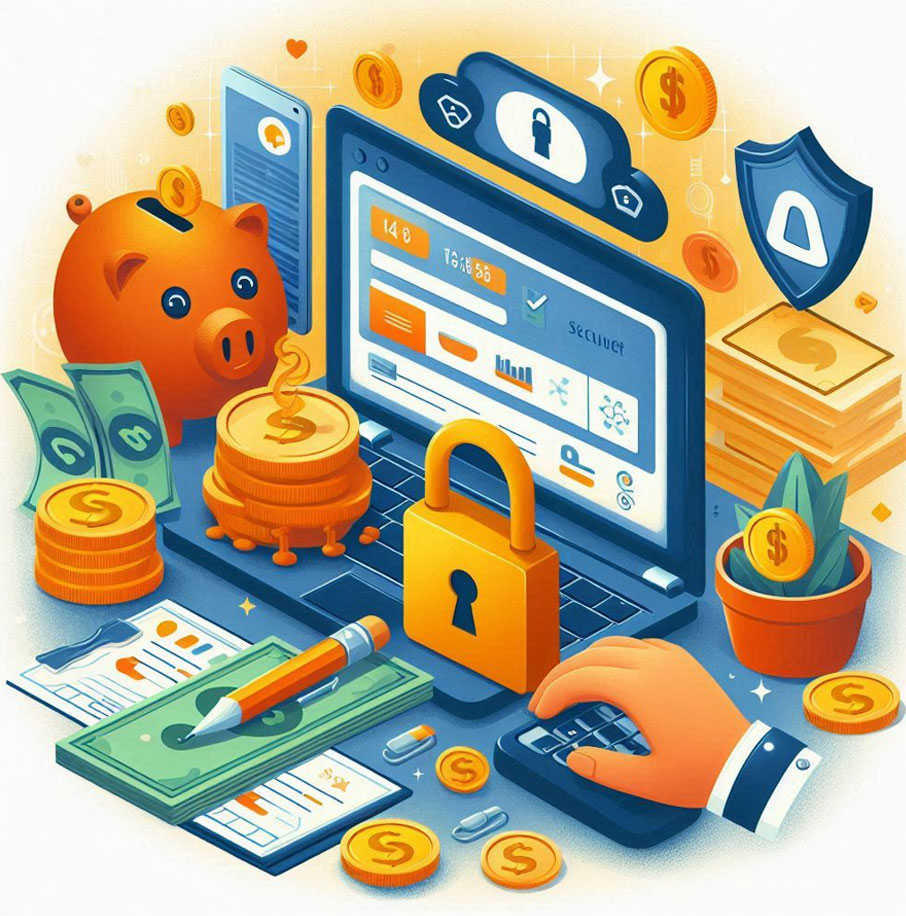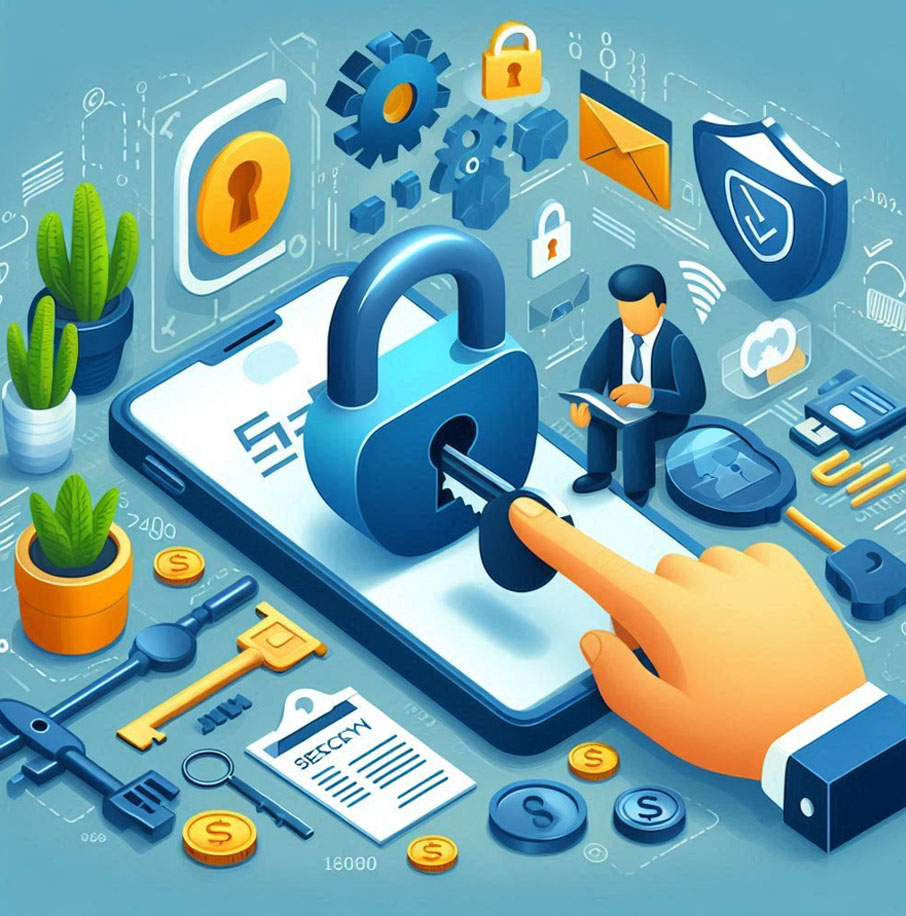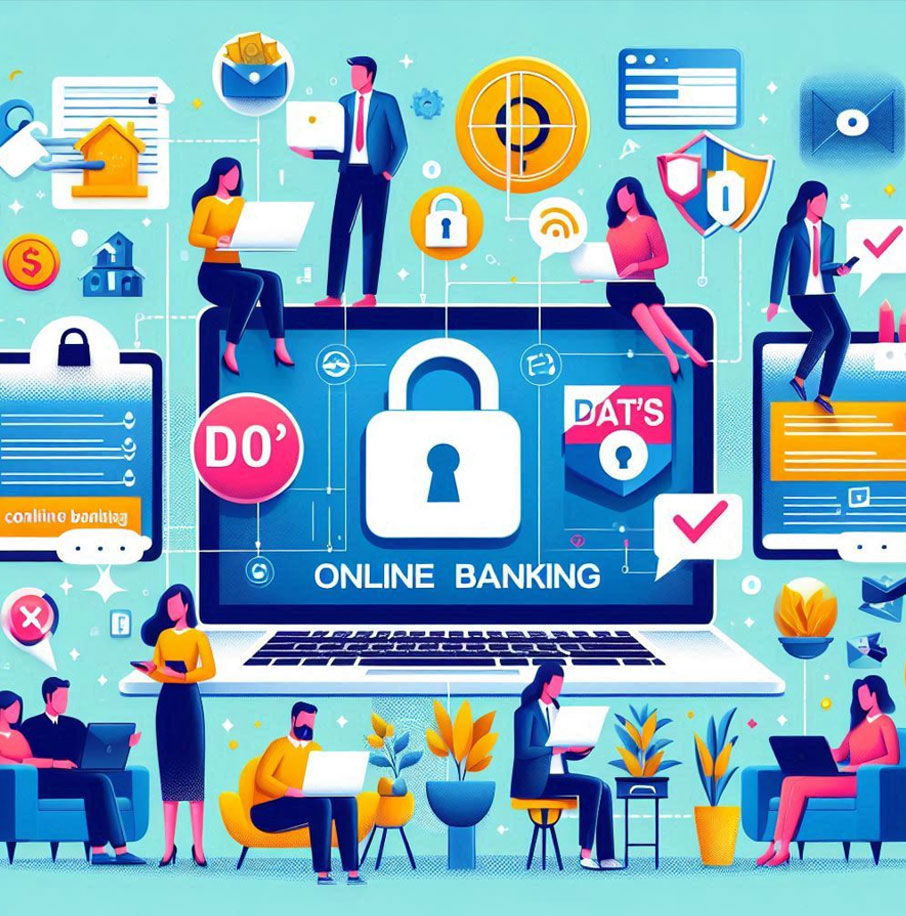Banking Security & Privacy
How to Protect Your Financial Data:
In today’s digital age, banking security and privacy are more critical than ever. With cyber threats increasing, protecting your financial data from fraudsters, hackers, and identity thieves is essential. This article explores key aspects of banking security and provides actionable tips to keep your financial information safe.
Understanding Banking Security & Privacy
Banking security refers to the measures banks and financial institutions take to protect user data, transactions, and account details from unauthorized access. Privacy, on the other hand, ensures that customer information is handled securely and is not shared without consent. Both are crucial for a seamless and trustworthy banking experience.

Common Threats to Banking Security & Privacy :
Phishing Attacks
Fraudsters send fake emails or messages posing as banks to steal login credentials.
Malware & Spyware
Malicious software can infiltrate devices and capture sensitive banking details.
Data Breaches
Cybercriminals target financial institutions to access customer information.
Card Skimming
Fraudsters use hidden devices at ATMs or POS machines to steal card details.
Social Engineering
Attackers manipulate individuals into revealing confidential information.
Best Practices for Banking Security
Use Strong Passwords & Multi-Factor Authentication (MFA)
A strong password is the first line of defense against cyber threats. Use a mix of uppercase, lowercase, numbers, and special characters. Enable MFA for an extra layer of security.
Avoid Public Wi-Fi for Banking Transactions
Public Wi-Fi networks are often insecure, making them a hotspot for cybercriminals. Use a Virtual Private Network (VPN) if you must access your bank account on a public connection.
Regularly Monitor Account Activity
Review your bank statements and transactions frequently to detect unauthorized activity. Many banks offer real-time transaction alerts via SMS or email.
Beware of Suspicious Emails & Messages
Never click on links or download attachments from unknown sources. Banks will never ask for sensitive information via email or text.
Secure Your Devices
Ensure your smartphone, tablet, or computer has updated security software. Activate biometric authentication where possible for additional security.
Enable Transaction Limits
Setting daily transaction limits can prevent excessive losses in case of unauthorized access.
Use Secure Banking Apps
Always download banking applications from official app stores and keep them updated.
Be Cautious with Card & ATM Usage
Check for unusual attachments on ATMs before inserting your card. Use contactless payments where possible for added security.
The Role of Banks in Security & Privacy
Banks implement end-to-end encryption, firewalls, AI-driven fraud detection, and regular security audits to safeguard customer information. Regulatory bodies also ensure banks comply with security standards to protect user data.
Final Thoughts
Banking security and privacy are paramount in today’s digital landscape. By staying vigilant, following best practices, and using secure banking tools, you can significantly reduce the risk of financial fraud. Stay informed, stay secure!
Keywords: Banking security, financial privacy, online banking safety, cyber threats, secure banking, data protection, phishing scams, fraud prevention, secure transactions, financial fraud protection.





